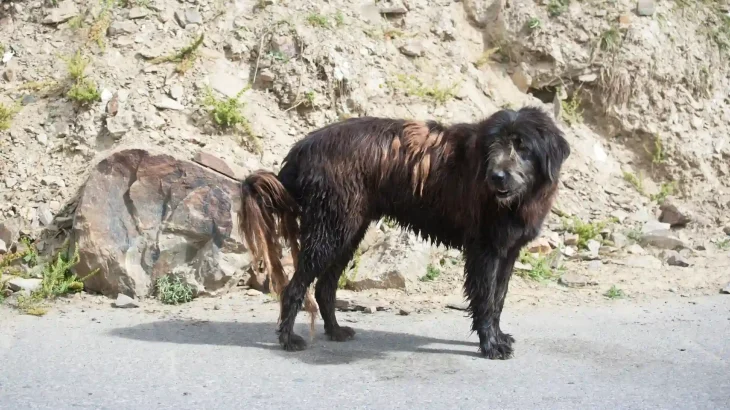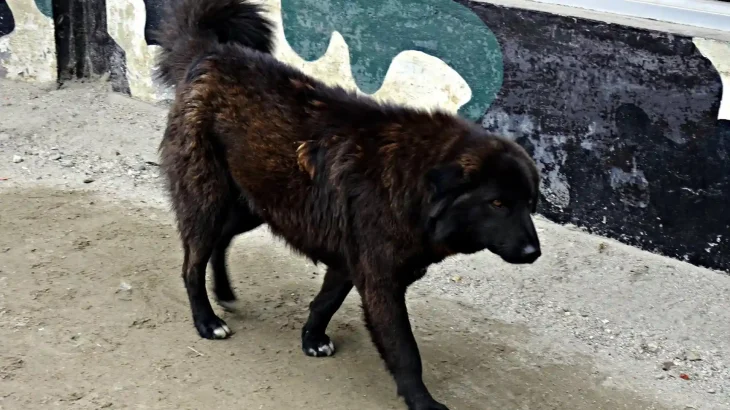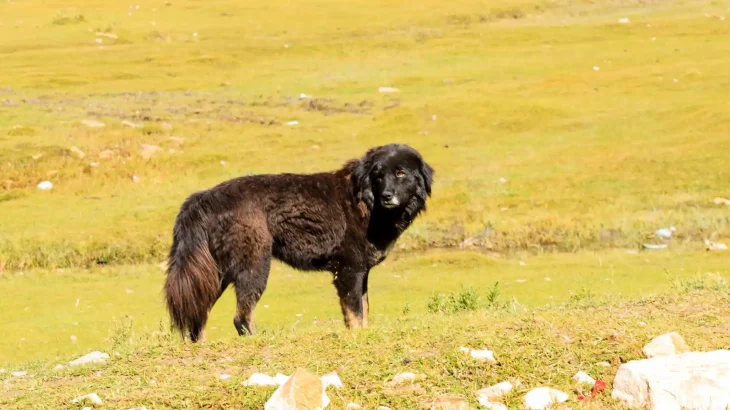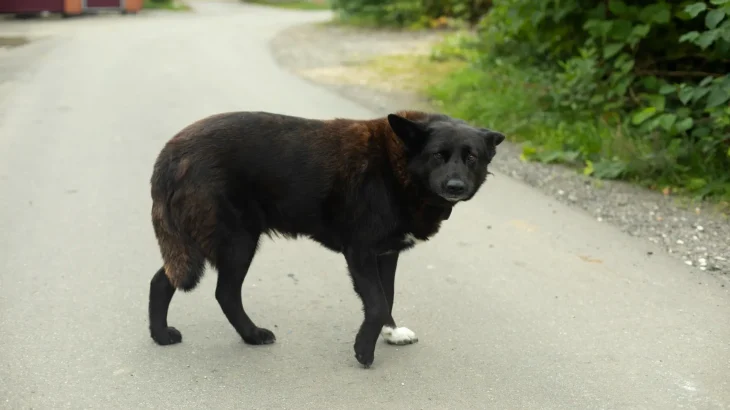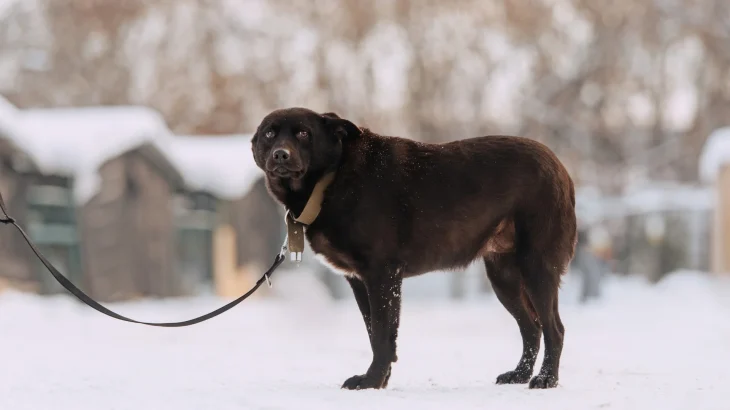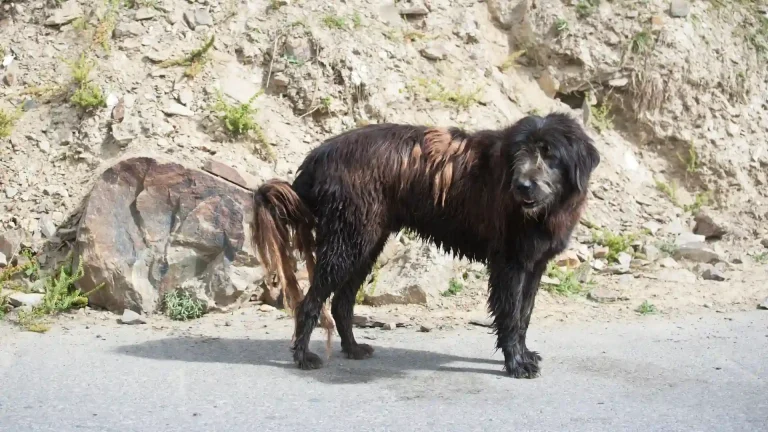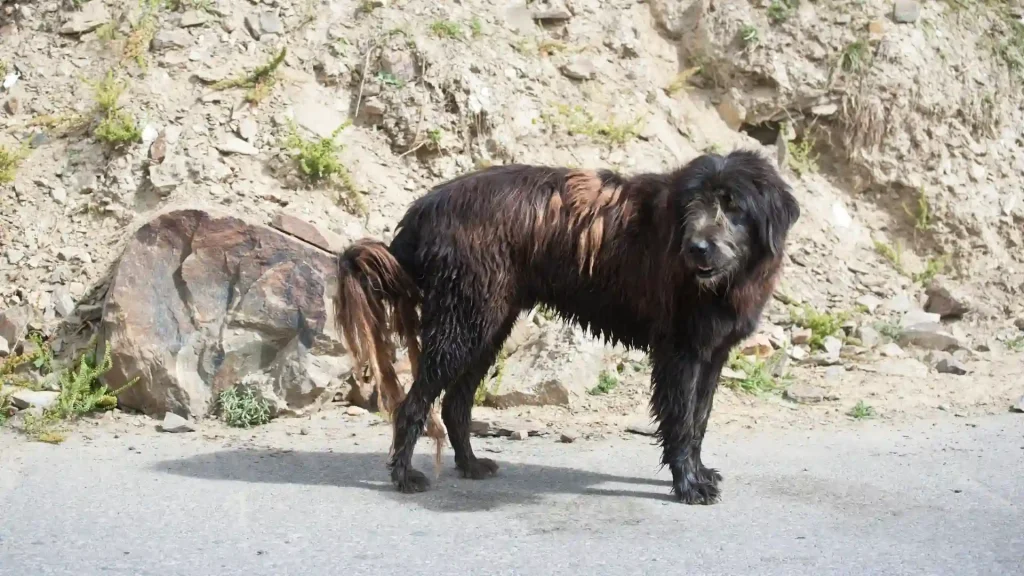Deciding whether to buy or adopt a Himalayan Sheepdog puppy depends largely on your priorities regarding health transparency, cost, and ethical considerations. While purchasing from a breeder may offer detailed insights into the puppy's lineage and health, adoption supports rescuing dogs in need and can be a more affordable option.
Adoption vs. Breeder: Pros & Cons
Cost: Generally higher initial cost due to purebred status and pedigree when buying; adoption fees are lower and often include vaccinations and sterilization.
Health History: Breeders usually provide comprehensive health and genetic screening information, while shelters offer basic health checks with limited history.
Age Availability: Breeders mostly offer puppies for early bonding and training; shelters provide various ages, though puppies may be rare.
Temperament Insight: Breeders can share family line temperament traits; shelters assess behavior but full background might be unknown.
Supporting Practices: Buying supports selective breeding to preserve breed traits if ethical; adopting supports animal welfare by giving homes to dogs in need.
Ethical Considerations: Choosing responsible breeders is key to avoid unethical practices; adoption helps reduce homeless pets.

